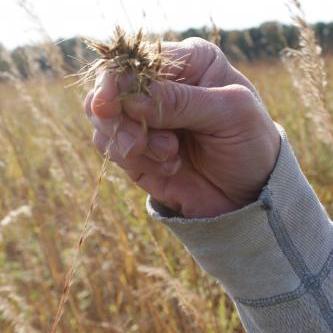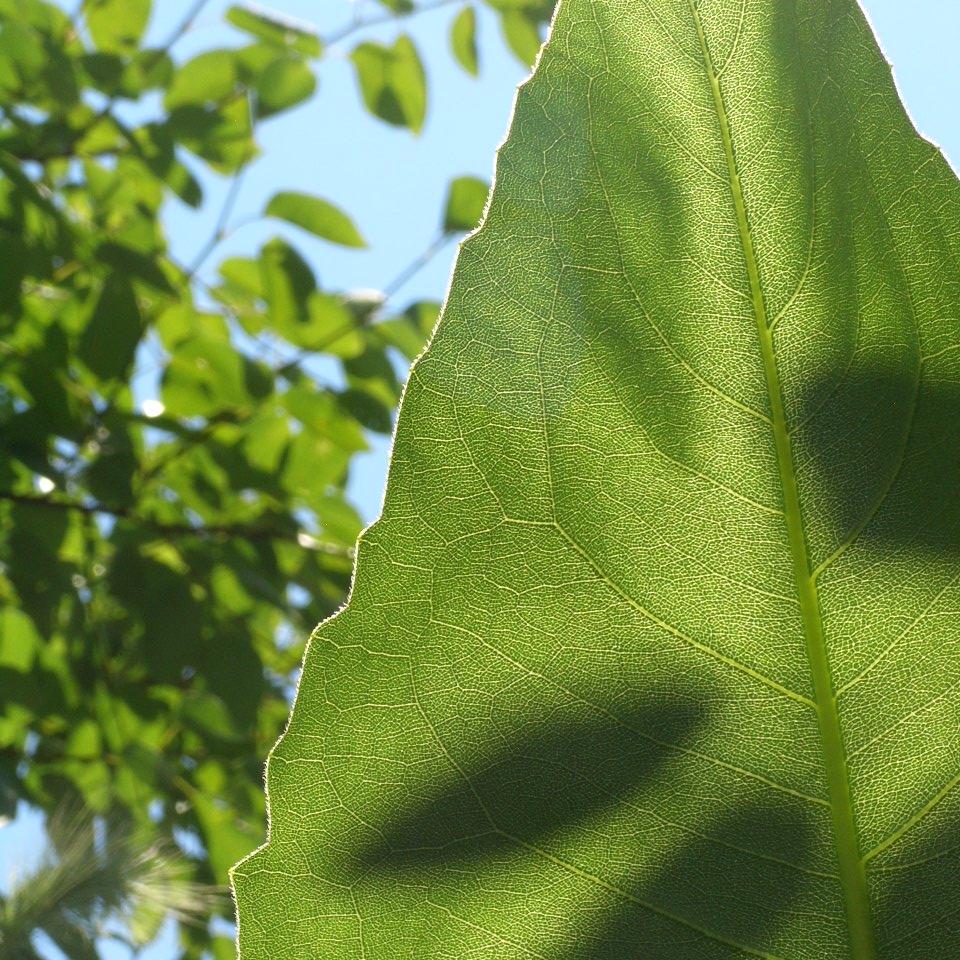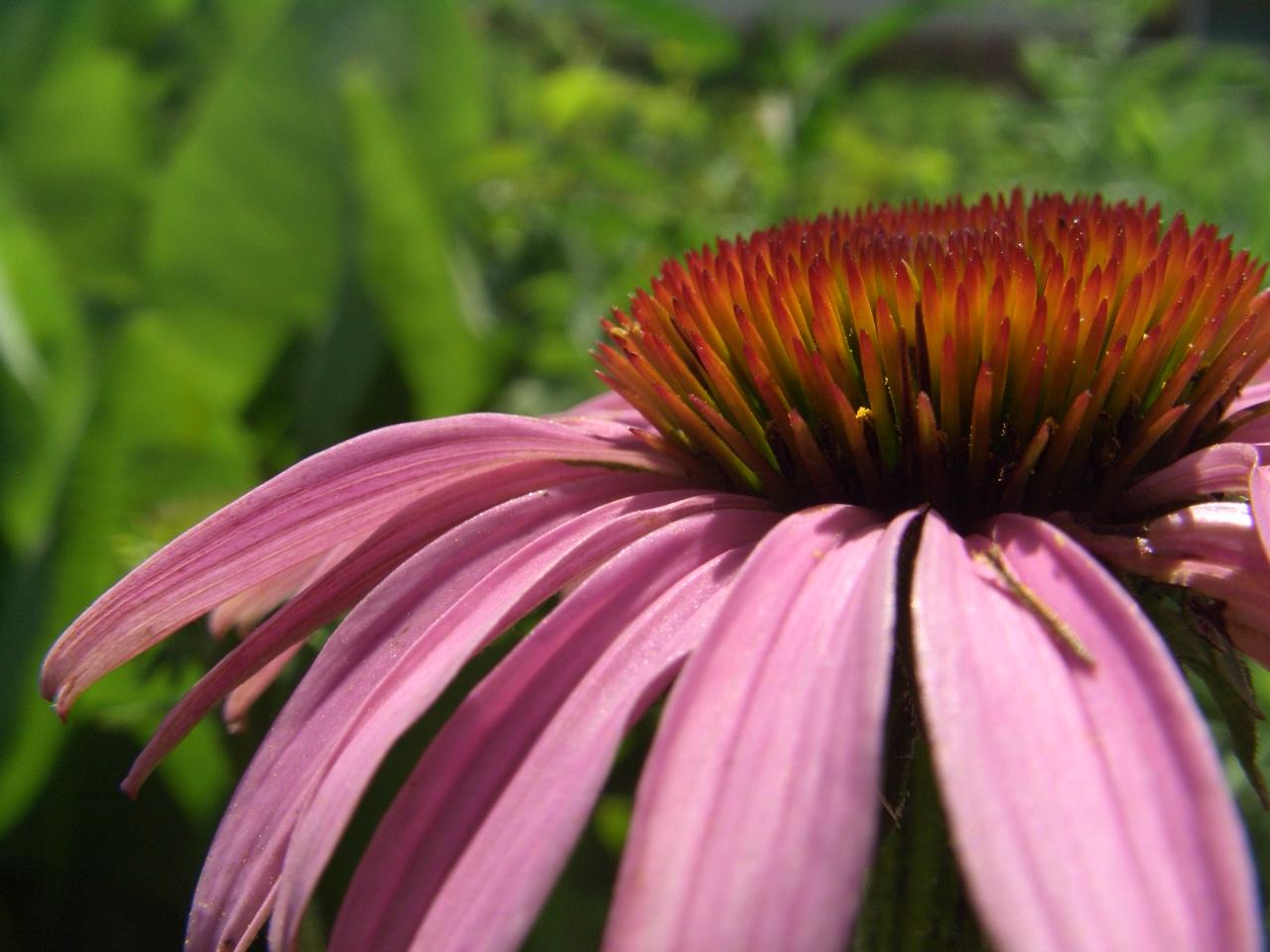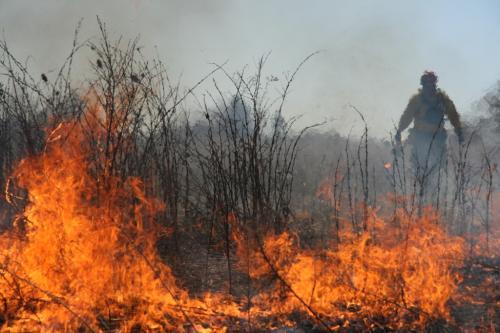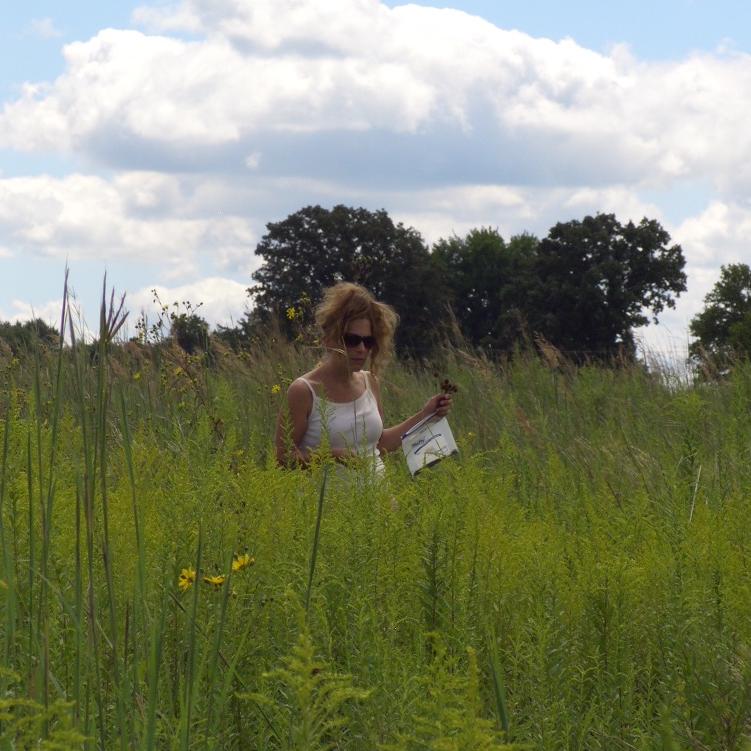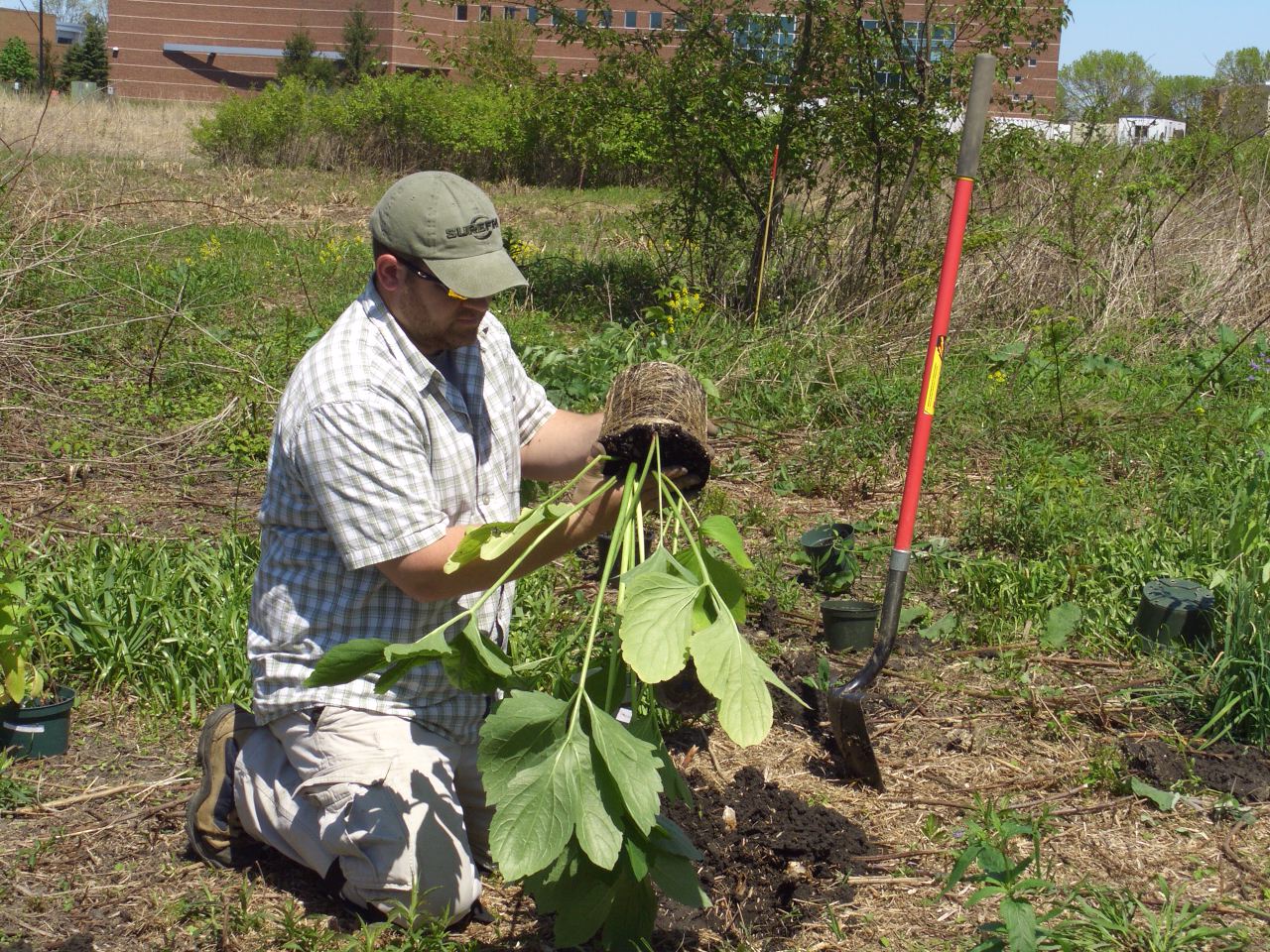Tallgrass Principles
These principles have been used with the permission of the Ontario Tallgrass Prairie and Savanna Association. When appropriate edits have been made to the information to make them applicable to the Sandusky Plains region and shortened for the web. To read the original Tallgrass Principles, visit: http://www.tallgrassontario.org/
Tallgrass Principle #1: Use Local Seeds
In addition to spending time in and around your own prairie, it’s a good idea to go out and observe other prairies in your area. This will give you ideas about the diversity and condition of your own patch of tallgrass. It may be the case that increasing the biodiversity of your tallgrass prairie is an option. Remember that we measure such diversity in many ways; two of the most important of which are genetic diversity and species diversity. In other words, it may be good for your site to not only have many different types of species, but many different individuals of each species. It’s also not a bad idea to have several patches or locations of the same species within your prairie, ensuring that no single event can wipe out all the individuals of that particular species.
